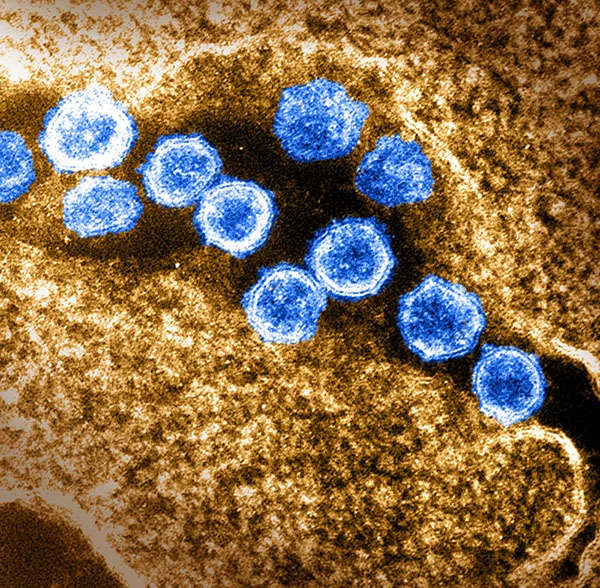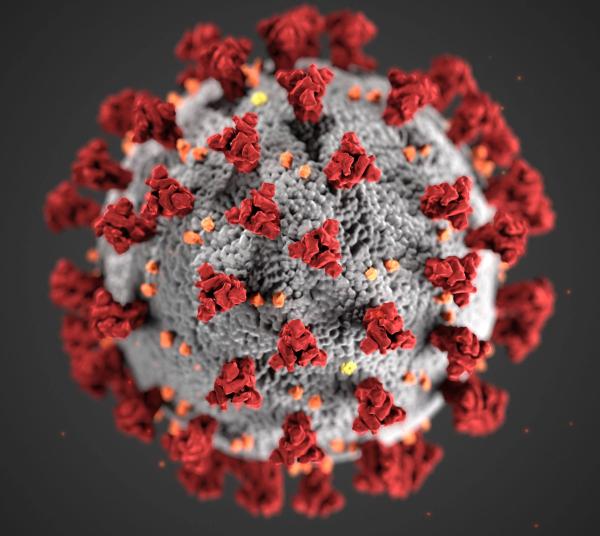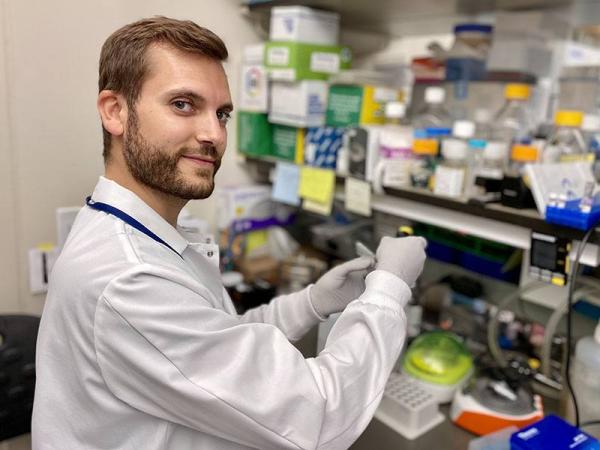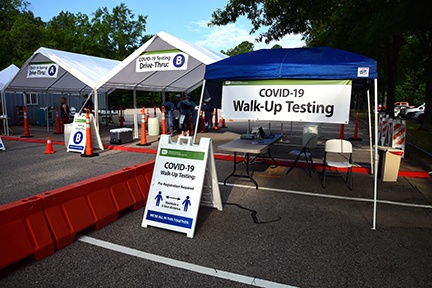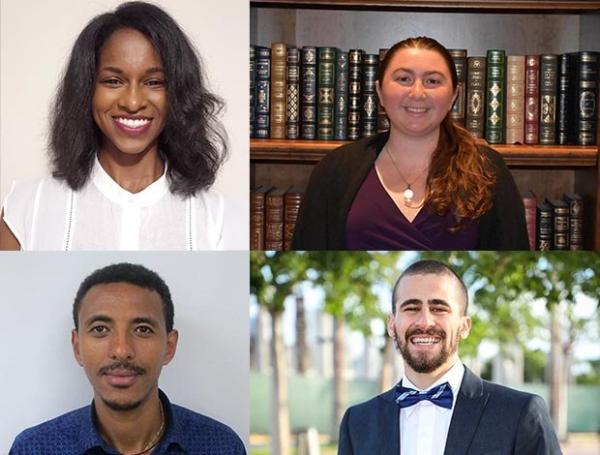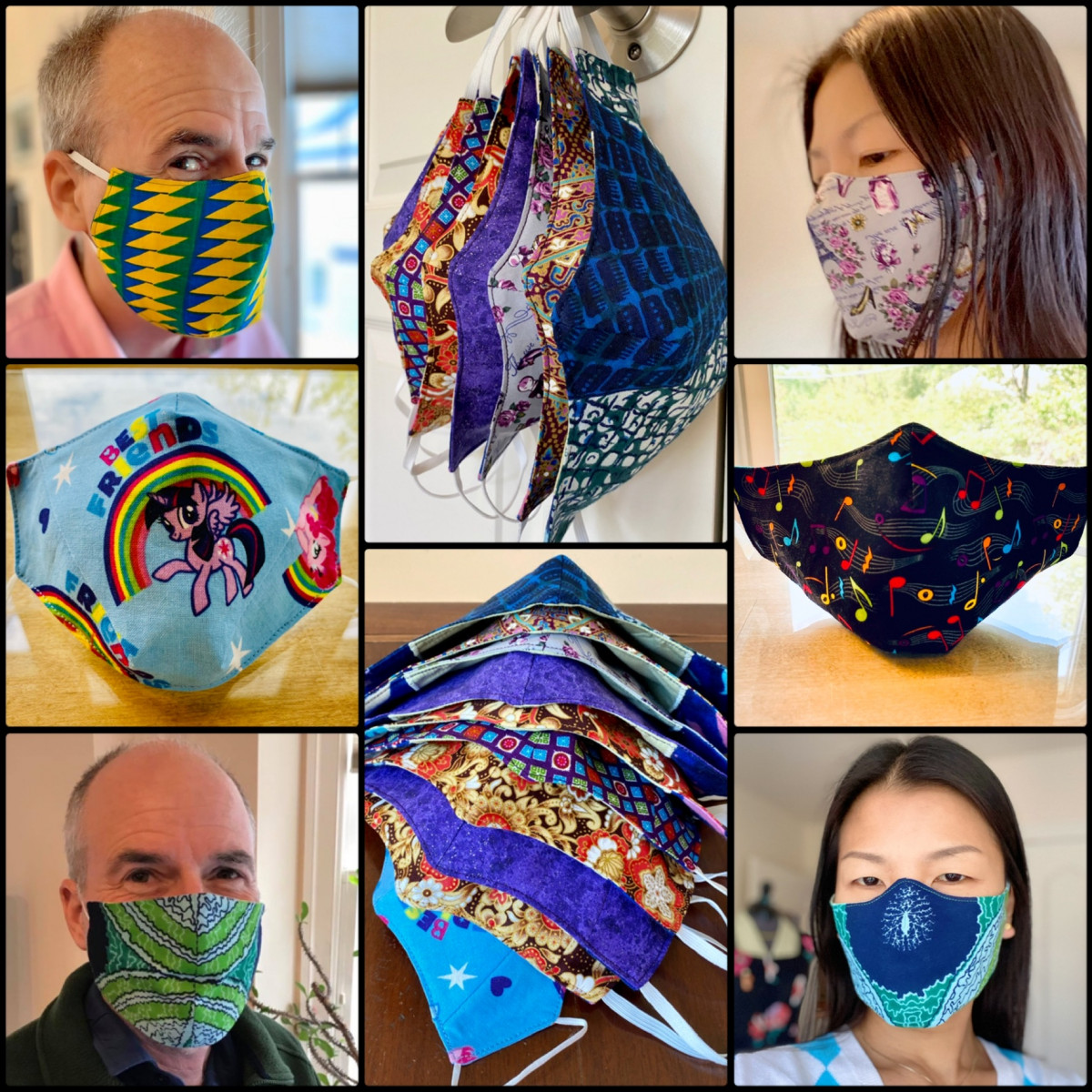Mining Medical Data to Improve COVID-19 Treatment
Study Reveals Medications Associated With Lower Odds of Severe Infection
Many researchers studying COVID-19 have spent the past two years poring over test tubes and isolated cells. However, large troves of data about people’s interactions with the healthcare system can also be a rich source of useful insights. Using one such database, IRP researchers found that older adults taking certain medications were less likely to catch COVID or experience severe repercussions from the virus.


